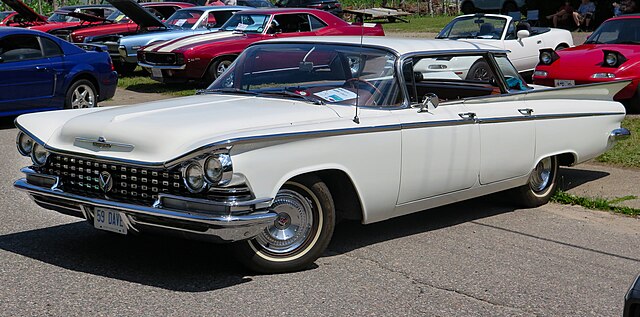
The Buick LeSabre is a classic American automobile that made its debut in 1959, marking the beginning of a beloved series that would span several decades. The first generation of the Buick LeSabre, produced from 1959 to 1960, is particularly notable for its striking design, advanced features, and its role in setting the stage for the models that followed.
This article delves into the history, design, performance, and legacy of the Buick LeSabre 1st Generation, providing a comprehensive overview of this iconic vehicle.
Historical Context
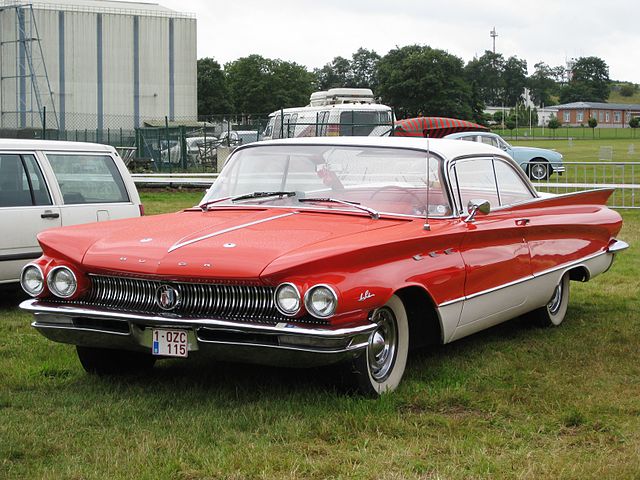
The Birth of the Buick LeSabre
In the late 1950s, the American automobile industry was undergoing a period of rapid innovation and stylistic change. General Motors (GM), the parent company of Buick, was at the forefront of this transformation.
The Buick LeSabre was introduced as part of GM’s “B-body” lineup, replacing the Buick Special and positioning itself as an entry-level full-size car. This move was strategic, aimed at capturing a broader market segment and appealing to the burgeoning middle class.
The American Automotive Landscape
During the late 1950s, the automotive market was characterized by a fascination with futuristic designs, inspired by the space race and technological advancements. Cars were not just modes of transportation but symbols of status and modernity. The Buick LeSabre 1st Generation encapsulated this era’s spirit, featuring bold styling cues and advanced engineering.
Design and Styling
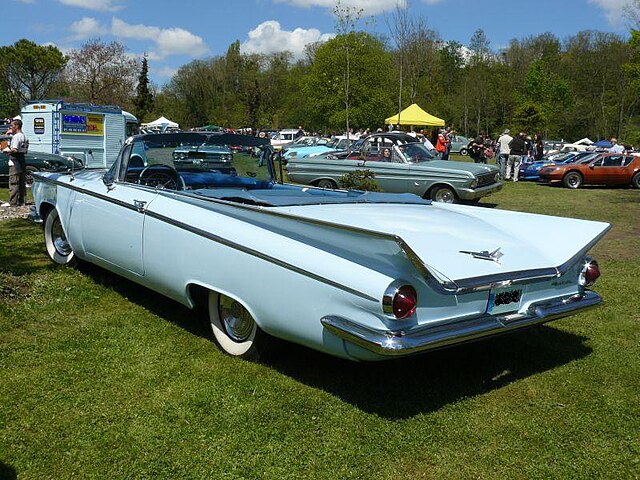
Exterior Design
The exterior design of the 1959-1960 Buick LeSabre is a testament to the automotive trends of its time. The car’s most distinctive feature is its wide, sweeping lines and dramatic tailfins, which were inspired by jet aircraft and rockets. The front grille, often referred to as a “Flying V” grille, was another standout element, giving the car a sense of motion even when stationary.
- Tailfins and Chrome: The tailfins on the LeSabre were not just decorative but also functional, enhancing the car’s aerodynamics. Extensive use of chrome added to the vehicle’s luxurious appeal.
- Wrap-Around Windshield: The wrap-around windshield provided better visibility and contributed to the car’s sleek profile.
- Dual Headlights: Positioned at an angle, the dual headlights added to the aggressive, forward-leaning look of the car.
Interior Design
The interior of the Buick LeSabre was designed with comfort and style in mind. It featured spacious seating, high-quality materials, and advanced instrumentation for its time.
- Spacious Cabin: The LeSabre offered ample room for passengers, with a focus on comfort during long drives.
- Instrumentation: The dashboard was equipped with a range of gauges and indicators, providing drivers with essential information at a glance.
- Luxury Touches: Details such as plush upholstery, chrome accents, and carefully designed controls underscored the car’s premium feel.
Performance and Engineering
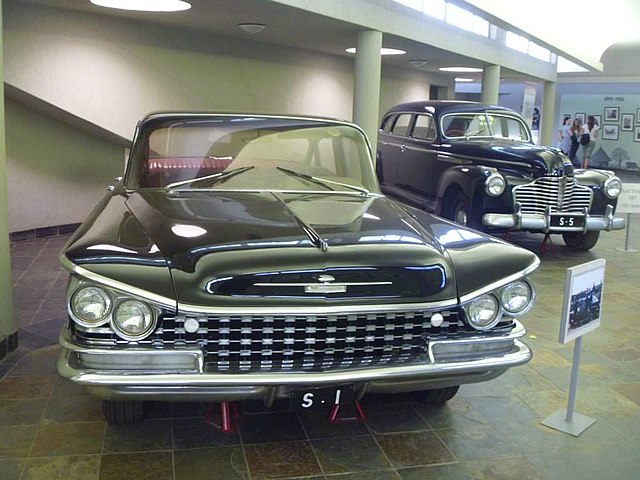
Engine Options
The first-generation Buick LeSabre was powered by Buick’s robust and reliable engines, which contributed to its strong performance and reputation for durability.
- Standard Engine: The 1959 model came with a 364 cubic inch (6.0-liter) V8 engine, producing 250 horsepower, which was quite impressive for the time.
- Optional Upgrades: Customers could opt for more powerful versions of the V8 engine, offering up to 300 horsepower for enhanced performance.
Transmission and Drive
The Buick LeSabre featured advanced transmission options that catered to different driving preferences.
- Dynaflow Transmission: This automatic transmission was known for its smooth operation and ease of use, contributing to the car’s reputation for a comfortable driving experience.
- Manual Transmission: For those who preferred more control over their driving, a manual transmission option was also available.
Suspension and Handling
Buick incorporated several innovative features to improve the LeSabre’s handling and ride quality.
- Air Ride Suspension: An optional feature, the Air Ride suspension system, offered an exceptionally smooth ride by adjusting the car’s suspension based on road conditions.
- Independent Front Suspension: This contributed to better handling and a more comfortable ride.
Technological Advancements
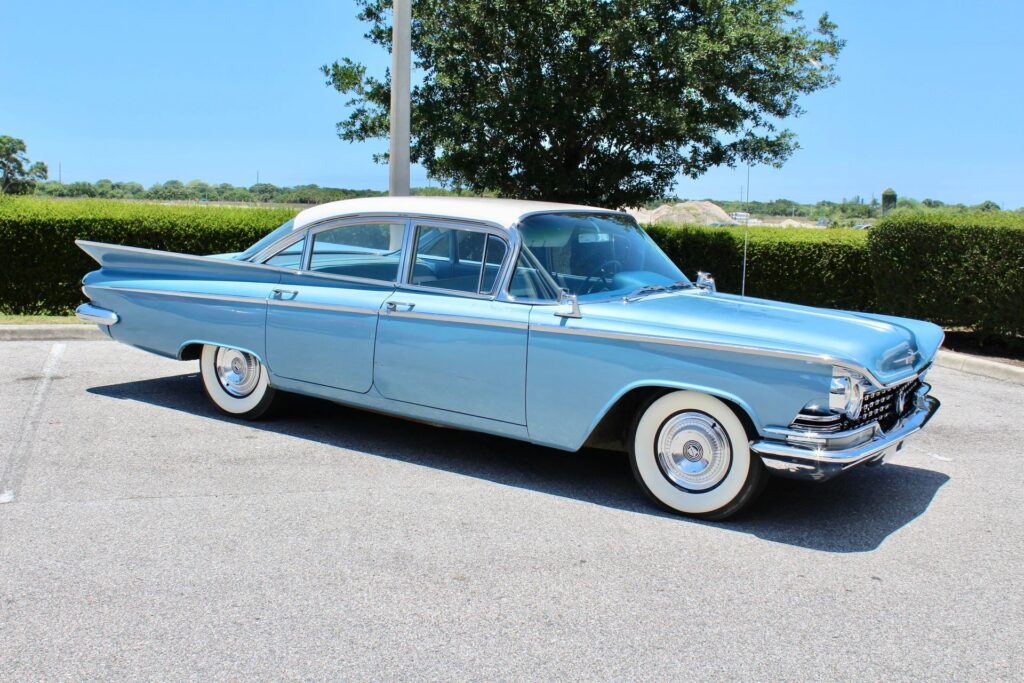
Safety Features
Safety was a growing concern in the automotive industry during the late 1950s, and the Buick LeSabre incorporated several pioneering features.
- Safety Cushion Dashboard: Designed to reduce injuries during collisions, this padded dashboard was an early example of passive safety technology.
- Dual Master Cylinder Braking System: This system improved braking reliability and safety by ensuring that a failure in one part of the braking system would not result in total brake failure.
Comfort and Convenience
The LeSabre was equipped with various features aimed at enhancing the driving and ownership experience.
- Power Steering: Standard on many models, power steering made the large vehicle easier to maneuver.
- Power Brakes: These improved stopping power and reduced driver effort.
- Air Conditioning: An optional feature, air conditioning, was a significant comfort upgrade for long drives in hot weather.
Legacy and Impact
Market Reception
The Buick LeSabre 1st Generation was well-received by the market, with its combination of style, performance, and affordability appealing to a broad audience. Sales figures were strong, and the model quickly became a mainstay in Buick’s lineup.
Influence on Future Models
The success of the first-generation LeSabre had a lasting impact on Buick’s design and engineering philosophy. Many of the design elements and technological innovations introduced with the 1959-1960 LeSabre influenced future Buick models and the broader automotive industry.
Collectibility and Enthusiast Appeal
Today, the 1959-1960 Buick LeSabre is a sought-after classic car, prized by collectors and automotive enthusiasts. Its iconic design and historical significance make it a centerpiece at car shows and a valued item in private collections.
Conclusion
The Buick LeSabre 1st Generation (1959-1960) stands as a remarkable example of mid-century American automotive design and engineering. With its distinctive styling, advanced features, and strong performance, the LeSabre not only captured the spirit of its era but also set the stage for future innovations. Its legacy continues to be celebrated by collectors and car enthusiasts, ensuring that this iconic vehicle remains a symbol of American automotive history.
